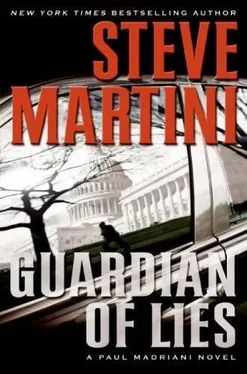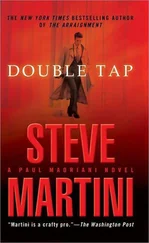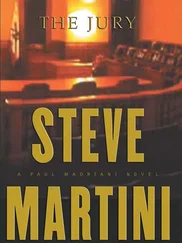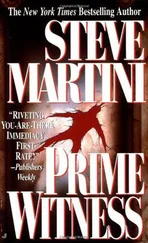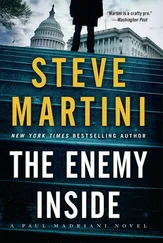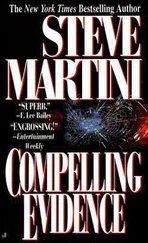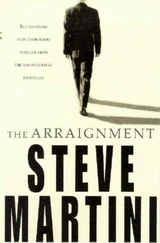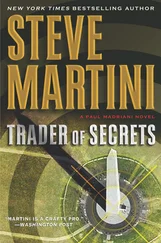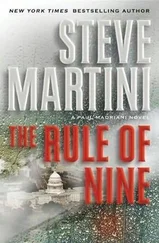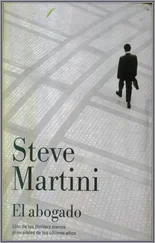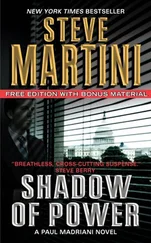Alim dropped both bags on the sidewalk, unzipped one, and pulled out the Kalashnikov along with two of the loaded clips. He pushed a clip up into the receiver, slapped it home, then cycled the bolt to chamber the first round. He left the folded stock closed knowing the gun would be easier to conceal.
He tried to signal Jamal, who was still sitting in the passenger seat. It looked as if he was reading something. In his mind, Alim made a pledge to shoot the bastard and to take the heads of the two brothers with a sword at the first opportunity.
“I think I see it.” I follow the wires with my eyes until they disappear beyond the end of the pipe.
Nitikin tells his daughter something.
“He says that’s the breech of the gun barrel. There is a cork… żcómo se dice? She says something in Spanish to her father. He corrects her.
He says its a plug, she says. The plug screws into the end of the barrel where the wires go in. Do you see it?
Herman comes over to the crate and moves around behind me to stay out of the light. He pulls on the tie-down rail holding Nitikin’s wrists to the wall, hoping to free him so the Russian can help me.
I feel with my hand along the two thin wires until I find where they disappear into what feels like tiny holes in the threaded plug. The plug is screwed into the end of the barrel. The metal is warm to the touch. I don’t even want to ask what is causing the heat. With my fingernail I can feel about a quarter inch of exposed thread along the edge where the plug sits above the closed end of the barrel of the gun.
“Yes. I can feel it,” I tell her.
She relays this to her father, who is looking anxiously over his shoulder as Herman jerks on the steel rail, trying to free him.
He says something else to her.
“If you can unscrew the plug, he says you will be able to pull the wires, they will be attached to something…I don’t understand the word he is using,” she says.
“It’s a detonator.” Herman is jerking hard on the metal rail tie-down as he speaks. Then he stops for a second to catch his breath. “He says it’s an electronic detonator attached to a cordite charge. Which means it’s probably enough to take your hand off up to the elbow. ’Course if it goes off in the gun, you won’t have to worry about that.”
“My father says that once the small explosive charge is removed the gun will no longer work. If we throw the small explosive out the door, no one will be hurt when it blows up.”
I trace the wires back up to the end of the gun and feel the plug with my fingers once more. I touch the sharp edges of a hex head, like the hexagonal head on a bolt, only larger. If I had an expandable wrench I might be able to get a purchase on the plug and unscrew it. I try turning it with my fingers, but it won’t budge.
The two small MH-6 Night Stalkers came in at two thousand feet with their blades running on whisper mode so that the sniper teams could reconnoiter the area around the truck.
Using forward-looking infrared (FLIR), the “little birds” searched for warm bodies out in the clear and then zeroed in on the windows of the truck’s cab.
They circled for two or three minutes, but the only heat signatures they picked up came from the box in the back where the thin fiberglass shell revealed four separate figures as well as a larger square inanimate object that seemed to be emitting heat. The object rested on the forward center section of the bed, up near the cab.
As the snipers hovered in place, the larger Blackhawk put the NEST team down in the middle of an intersection cleared by the police. They dropped their duffel bags with their gear and asked one of the officers to load them into patrol cars and to follow them to the site. They took only their tool belts with the basic implements needed to get at the bomb. As soon as the empty bird lifted off, the next chopper, carrying the hostage rescue team, used the same controlled intersection and deposited the agents.
Together the two teams jogged east down the street toward San Diego Bay and the box truck parked two blocks away.
The snipers circling in the air overhead asked the NEST team about the wisdom of firing through the fiberglass shell of the truck’s back half.
The answer came back in a flash, negative. Depending on the source of detonation and whether the people inside could trigger it, a loose round in the wrong place or a ricochet and they could set off the device.
Alim folded the stock back on the Kalashnikov, unzipped the front of his overalls, and slipped the assault rifle inside to conceal it. He held it with his right hand by the pistol grip with one finger on the lever between safety and full automatic.
Afundi moved to the other side of the street, into the shadows, and slowly walked back toward the truck. Halfway down the block he stopped and set up under some trees, behind a parked car.
Because of the deep shadows inside the truck he couldn’t see far enough into the open back end to make out what was happening.
Alim checked his watch and knew he was now at the point of no return. He either had to break and run for the car to get across the bridge at near-light speed, or take his chances on entering the truck to reset the timer. It was one or the other. The single certainty was that he couldn’t wait any longer.
Herman finally realizes that what he needs is leverage. He grabs the wooden panel from the side of the crate and looks at it. It is heavy, made of South American junk wood, something called Ipe, hard as iron and almost as strong.
He slides the wooden panel up under the tie-down rail a few inches from where Nitikin’s hands are chained, puts his foot against the inside wall of the truck’s box, and lifts with all of his might. The washer and bolt holding the section of rail in place from the outside of the box pops through the fiberglass. Herman grabs the loose section of railing and bends it back. A second later Yakov is free.
Maricela tries to grab her father to hug him. She wants to wipe the blood from the side of his face but instead the old man goes down on his knees and moves toward the opening in the crate.
I get out of his way, figuring if anyone can do it, he can. I watch him as he stretches his arm to the end of the barrel and strains with his fingers to turn the breech plug. I can see the pain on his face as his fingers are rubbed raw by the metal.
Herman drops from the back of the truck and runs around to see if there are any tools in the cab of the truck, but I hear him pulling on the doors. Both of them are locked. Next he starts pounding on the window trying to break it, but he can’t, at least not with his fists. A few seconds later he’s back in the truck shaking his head.
“Lemme try,” he says.
I tap Nitikin on the shoulder and point to Herman. We want to get the man with the brawn in there. The Russian backs out of the opening in the crate and Herman squeezes into it. He tries to turn the plug, but it’s frozen tight. None of us can get a grip on it or sufficient leverage to turn it.
“Ask him what happens if we pull wires?” I say.
Maricela puts the question to her father, who quickly shakes his head. I don’t have to wait for the translation. I can tell by the look on his face that this is not a good idea.
“Be careful of wires,” I tell Herman.
Just as Alim started to break cover to head for the truck, the ear-splitting rush of noise overhead sent him ducking back into the shadows under the trees. The helicopter streaked through the sky, cut an arc directly over the truck, and proceeded on a direct course toward the naval carrier.
For a second Afundi thought it was probably just part of the festivities in the harbor, but a moment later a man in black combat gear with a rifle rushed from in front of a house a few doors down. Another broke cover farther on. They both approached the truck from the same side. Suddenly another helicopter moved in and hovered overhead no more than fifty yards in front of Afundi’s position. The sound of the rotors and whine of the turbine engine drowned out every other noise. It also gave Alim just the opening he needed.
Читать дальше
